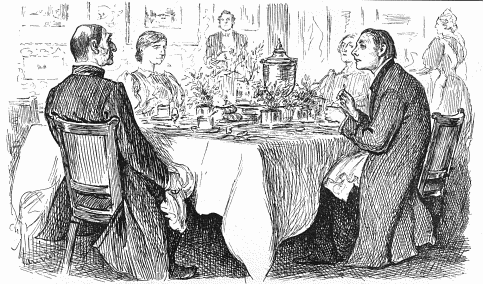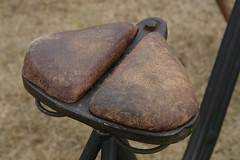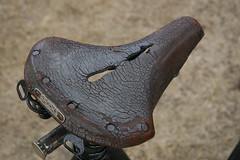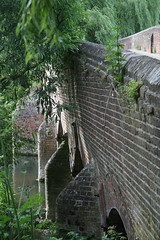 |
| The bishop says, "I'm afraid you've got a bad egg, Mr Jones." The curate replies, "Oh, no, my Lord, I assure you that parts of it are excellent!" From Punch, 9 November 1895 |
My total mileage continues to slide gently behind the plan that is going to get me to a total of 3,759 miles by the end of the year. I've made little progress on the subsidiary goals around Eddington numbers, Jenkins churches and the like.
On the other hand, I've been reminded that I don't just trundle around on the bike trying to accumulate numbers for the spreadsheet. It's been a good month to remember that the real satisfaction is in the ride itself. There's little to beat the sensation of spinning along a country road, with plenty of energy in reserve, feeling in touch with what is going on around. In July I've had more than a fair share of rides like that.
I've also met a number of people who are enjoying a variety of different kinds of cycling. Some of them just find it a convenient way of getting around. Some are cycling because it's a way of having fun with their children or their friends. Some are finding that it's an enjoyable way of exploring parts of the world that they know little about. All of those are important to me too.
What's more, the distances are turning out to be a bit of a two-edged sword. A few days ago I mentioned to a colleague that I might ride 20 miles or so to drop some papers off. A few weeks ago I rode 40 miles or so to visit friends in Oxford. On both occasions the reaction suggested that these were hugely impressive athletic achievements. On the face of it that seems flattering - but on reflection it isn't. The truth is that they aren't impressive distances - unless you add the phrase "...for someone of your age". And thinking like that is a bit dispiriting.
It's far easier for me to record the quantities, rather than the qualities. That's why I tend to rabbit on about numbers of rides, distances covered, and so on. In truth it's the quality that matters more. In different ways the last month has turned out to be a good reminder of that.
(I think that's a plausible enough excuse for now. I'm going to have to start racking up the mileage soon though, or the spreadsheets will start to look really sick).










